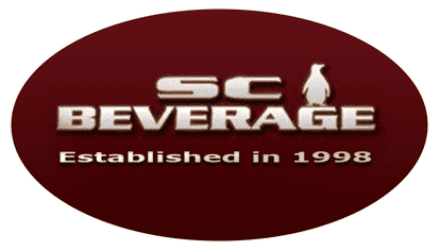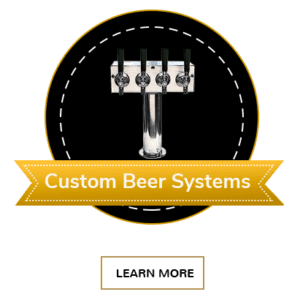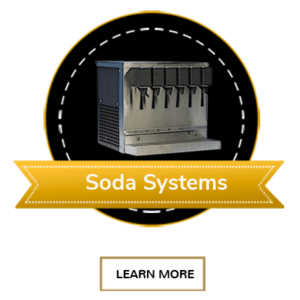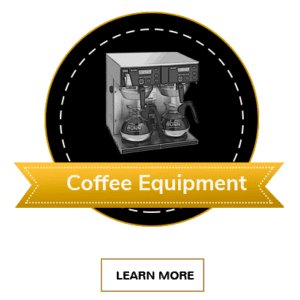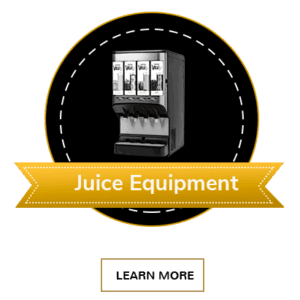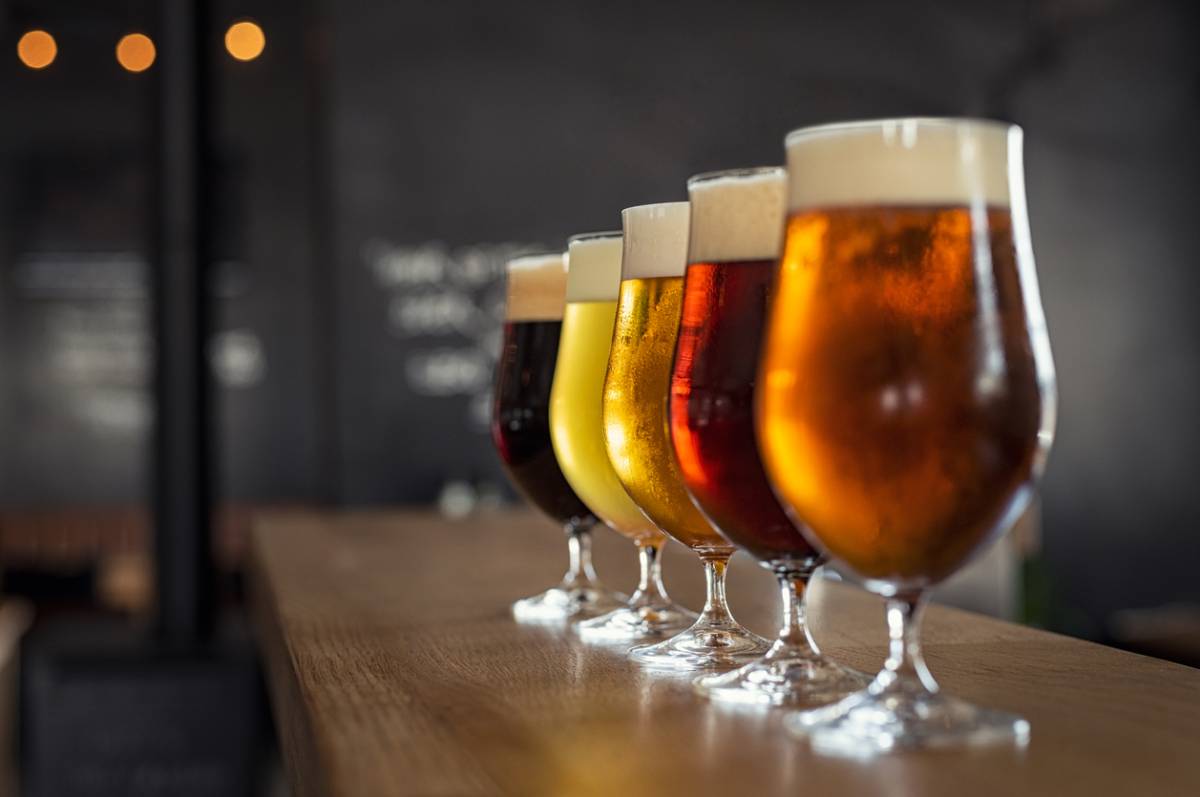
If you’re brand new to running a restaurant or bar, then you know pricing is one of the most challenging aspects of getting started. You want to make a profit while offering quality products at prices appropriate for your area and customer base. It sounds easy at first, but there’s actually a lot involved, especially if you want to maintain a balance that allows you to thrive. So, let’s look at how to price draft vs bottled beer.
How to Price Draft vs Bottled Beer
For many restaurants and bars, this means that you have different profit margins for different products. There will likely be just a few items on your menu that really up your businesses profits. While you might experience a slight loss on one or two other items to stay competitive. Fortunately, if you have a beer and wine license, it can be really easy to make up for those small deficits.
The Profit in Beer
One of the restaurant industry’s best-kept secrets is the absolutely ridiculous profit margin on draft beer. With the right set up, draft beer in particular can rake in up to an 80% profit margin. Bottled beer can bring in a pretty profit as well, but it typically costs 40-45% more per ounce, so it isn’t the most cost-effective option if you’re planning to own your business for more than a few years.
With that said, most savvy bar and restaurant owners do serve both. Having draft and bottled beer available allows you to serve a wide variety of preferences even if you’re only able to sustain a three or six-handle draft beer system. However, in order to make that work, you’re going to need to know how to price both appropriately.
Pricing Draft VS. Bottled
Draft and bottled beer are priced differently according to their pour costs. The pour cost is the initial cost of the beverage divided by its sale price. On average, you can expect a draft beer’s pour cost to be about 20%. A bottled or canned beer’s pour cost will be about 25%. This is a result of the fact that draft beer is substantially cheaper per ounce and also tends to fetch a higher price point. However, you might wonder why the difference in pour cost isn’t greater.
The truth is that there is a lot of overhead associated with purchasing and properly maintaining Los Angeles Beer Dispensing Equipment. You need the space, the pipes, the handles, the nitrogen, the CO2, the refrigeration. And a whole host of other smaller pieces necessary to serve a quality, safe draft beer. All of that overhead brings your pour cost higher. But even with all of that draft beer remains more profitable than bottled or canned beer.
Putting Together Your Final Prices
When you’re first getting started, you can certainly look at other businesses in your area for an idea of what your prices should be. You just need to be careful that you don’t assume their costs are the same. If you want to be certain that your prices are right for your business, you need to take all of your overhead into account and budget it to get an accurate pour cost.
For newer businesses with higher overhead, you can start by pricing your beers individually according to precise pour costs. Over time, as you get more comfortable with your business, you can embrace a grouped price point model. By that we mean you can start charging a standard rate for domestics, internationals, and specialty beers. This model can make your life much easier if you’re planning to consistently exchange what you have on tap.
Getting Started
Running a bar or restaurant is hard, and it takes an exceptional level of dedication. Fortunately, with the people of Southern California Beverage Company in your corner you can be sure that you’ll have the right equipment to make your business everything you hope it will be.
